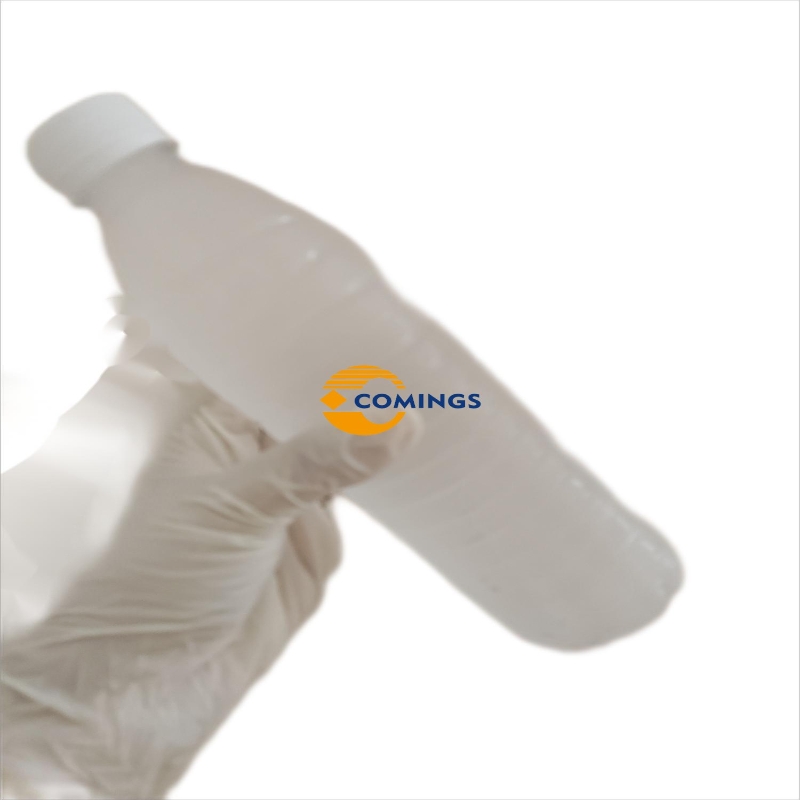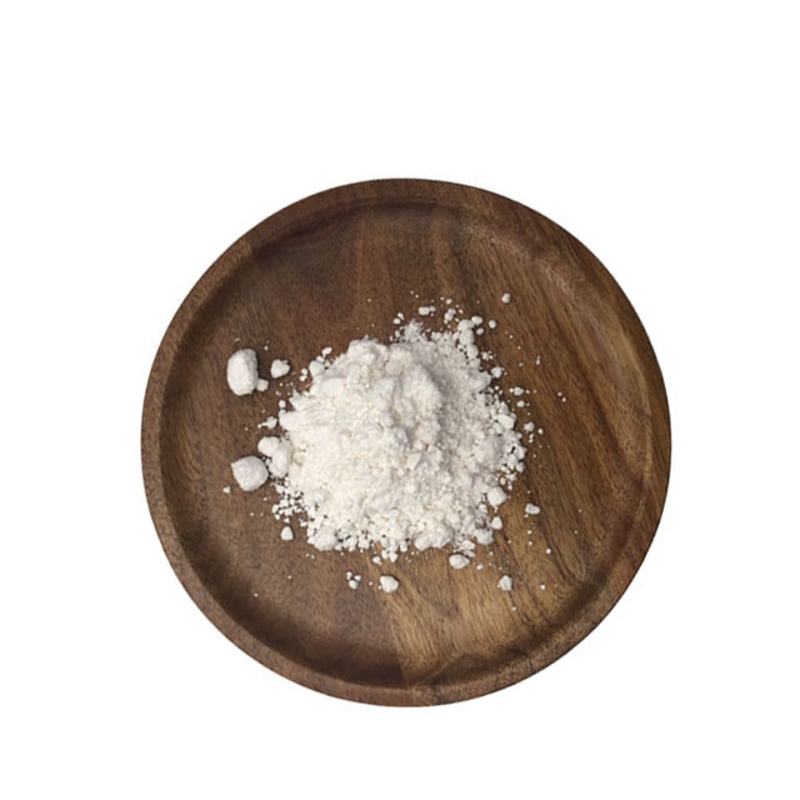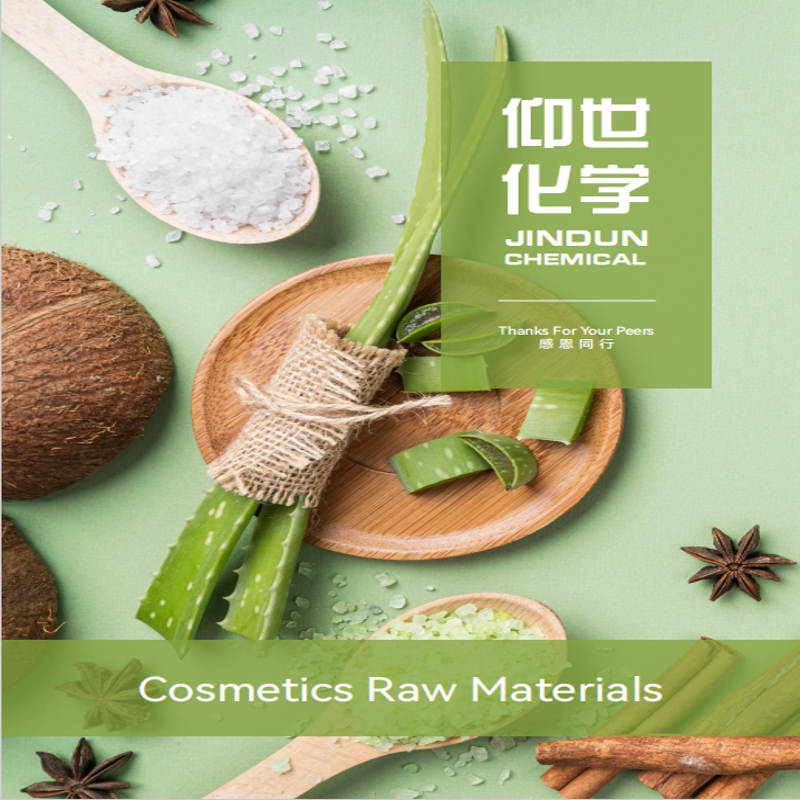-
Categories
-
Pharmaceutical Intermediates
-
Active Pharmaceutical Ingredients
-
Food Additives
- Industrial Coatings
- Agrochemicals
- Dyes and Pigments
- Surfactant
- Flavors and Fragrances
- Chemical Reagents
- Catalyst and Auxiliary
- Natural Products
- Inorganic Chemistry
-
Organic Chemistry
-
Biochemical Engineering
- Analytical Chemistry
- Cosmetic Ingredient
-
Pharmaceutical Intermediates
Promotion
ECHEMI Mall
Wholesale
Weekly Price
Exhibition
News
-
Trade Service
Hello everyone, my name is Xiao Cui
.
In the last class, I explained the classification of pesticides.
In this class, I will introduce the characteristics of pesticides: toxicity, selectivity and pH of water
.
1.
The toxicity of toxic pesticides refers to the toxic effects of pesticides on higher animals
.
All chemical substances are toxic when inhaled in sufficient amounts.
The toxicity of chemical substances depends on the amount of digestion and absorption.
For example, ingesting enough ordinary salt at a time is also very toxic to the human body
.
The toxicity of pesticides is generally expressed as lethal medium or lethal concentration
.
At this time, the weight is extremely sand and gravel, half of the amount of medicine required by the test animal, the acute oral and dermal toxicity is measured in mg/kg, and the acute inhalation toxicity is measured in mg/m3
.
Where the lethal median value is larger, it means that the more the dose required, the lower the toxicity of the pesticide; on the contrary, the higher the toxicity
.
Lethal concentration
.
Refers to the concentration of the drug solution required to kill 50% of the test animals, in mg/L
.
The higher the lethal concentration value, the lower the toxicity of the pesticide, and vice versa
.
To test the toxicity of pesticides, rats, mice and rabbits are mainly used
.
To measure or express the acute toxicity of pesticides, lethal medium is often used as an indicator
.
To measure or express the acute toxicity of pesticides to fish, the concentration of drug resistance is often used as an indicator
.
The concentration of drug resistance refers to the concentration of pesticide that kills half of the organisms in the test water within a specified time (24 hours, 48 hours or 96 hours)
.
According to the relevant regulations of our country, the toxicity of pesticides is divided into high toxicity, high toxicity, moderate toxicity, low toxicity and slight toxicity
.
2.
The selectivity of selective pesticides is generally divided into selective toxicity and selective toxicity
.
Selective toxicity mainly refers to the high activity to the control target, but the low toxicity to higher animals
.
The selective virulence of pesticides refers to the selectivity between different insects, germs, and weeds, as opposed to broad-spectrum
.
Early pesticide selection is mainly to seek a high degree of choice among higher animals, plants and harmful organisms, requiring safety to higher animals or protected plants, and pesticides that have killing effect on harmful organisms, so that the varieties have the characteristics of high efficiency and low toxicity.
.
In recent years, the requirements for selectivity have gone further, focusing on the safety of organisms other than the targets of control, that is, agents that do little harm to non-targets
.
3.
The influence of water on pesticides.
The acidity and alkalinity of water has an impact on the stability and effect of pesticides.
Most of the pesticides need to be diluted with water and sprayed
.
The pH of the water used for spraying has a great influence on the effects of pesticides and other substances
.
Most of the water is slightly alkaline because it dissolves carbonate and bicarbonate
.
When pollutants from acid or alkali industry and urban life flow into the water, the pH of the water will deviate from the normal state
.
When the water or spray liquid used in the spray liquid is strongly acidic or alkaline, it will have a great impact on the pesticide, the most important of which is the decomposition or hydrolysis of the pesticide, which reduces the toxicity of the pesticide or even becomes invalid, which is harmful to the standard.
Biological control effect
.
The decomposition or hydrolysis of pesticides is measured by the half-life
.
The shorter the half-life, the greater the influence of alkaline water
.
Many organophosphorus pesticides quickly decompose into two or more small molecule inert chemical substances when mixed with alkaline water
.
For example, azinphos-methyl has a half-life of 17.
3 days in an environment with a pH of 5, a half-life of 10 days at a pH of 7 and a half-life of only 12 hours at a pH of 9
.
Carbamate pesticides are also affected by the pH of the water
.
Carbenecarb has a half-life of 100 to 150 days at a pH of 6 and only 24 hours at a pH of 9
.
The control effects of some fungicides or herbicides are also severely affected under alkaline conditions, and they are easily hydrolyzed under strong alkaline conditions
.
Well, that's the end of today's explanation.
In the next lesson, I will introduce you to the scope of pesticide application and the impact of pesticides on crops
.
Thank you for your attention, see you in next class
.
.
In the last class, I explained the classification of pesticides.
In this class, I will introduce the characteristics of pesticides: toxicity, selectivity and pH of water
.
1.
The toxicity of toxic pesticides refers to the toxic effects of pesticides on higher animals
.
All chemical substances are toxic when inhaled in sufficient amounts.
The toxicity of chemical substances depends on the amount of digestion and absorption.
For example, ingesting enough ordinary salt at a time is also very toxic to the human body
.
The toxicity of pesticides is generally expressed as lethal medium or lethal concentration
.
At this time, the weight is extremely sand and gravel, half of the amount of medicine required by the test animal, the acute oral and dermal toxicity is measured in mg/kg, and the acute inhalation toxicity is measured in mg/m3
.
Where the lethal median value is larger, it means that the more the dose required, the lower the toxicity of the pesticide; on the contrary, the higher the toxicity
.
Lethal concentration
.
Refers to the concentration of the drug solution required to kill 50% of the test animals, in mg/L
.
The higher the lethal concentration value, the lower the toxicity of the pesticide, and vice versa
.
To test the toxicity of pesticides, rats, mice and rabbits are mainly used
.
To measure or express the acute toxicity of pesticides, lethal medium is often used as an indicator
.
To measure or express the acute toxicity of pesticides to fish, the concentration of drug resistance is often used as an indicator
.
The concentration of drug resistance refers to the concentration of pesticide that kills half of the organisms in the test water within a specified time (24 hours, 48 hours or 96 hours)
.
According to the relevant regulations of our country, the toxicity of pesticides is divided into high toxicity, high toxicity, moderate toxicity, low toxicity and slight toxicity
.
2.
The selectivity of selective pesticides is generally divided into selective toxicity and selective toxicity
.
Selective toxicity mainly refers to the high activity to the control target, but the low toxicity to higher animals
.
The selective virulence of pesticides refers to the selectivity between different insects, germs, and weeds, as opposed to broad-spectrum
.
Early pesticide selection is mainly to seek a high degree of choice among higher animals, plants and harmful organisms, requiring safety to higher animals or protected plants, and pesticides that have killing effect on harmful organisms, so that the varieties have the characteristics of high efficiency and low toxicity.
.
In recent years, the requirements for selectivity have gone further, focusing on the safety of organisms other than the targets of control, that is, agents that do little harm to non-targets
.
3.
The influence of water on pesticides.
The acidity and alkalinity of water has an impact on the stability and effect of pesticides.
Most of the pesticides need to be diluted with water and sprayed
.
The pH of the water used for spraying has a great influence on the effects of pesticides and other substances
.
Most of the water is slightly alkaline because it dissolves carbonate and bicarbonate
.
When pollutants from acid or alkali industry and urban life flow into the water, the pH of the water will deviate from the normal state
.
When the water or spray liquid used in the spray liquid is strongly acidic or alkaline, it will have a great impact on the pesticide, the most important of which is the decomposition or hydrolysis of the pesticide, which reduces the toxicity of the pesticide or even becomes invalid, which is harmful to the standard.
Biological control effect
.
The decomposition or hydrolysis of pesticides is measured by the half-life
.
The shorter the half-life, the greater the influence of alkaline water
.
Many organophosphorus pesticides quickly decompose into two or more small molecule inert chemical substances when mixed with alkaline water
.
For example, azinphos-methyl has a half-life of 17.
3 days in an environment with a pH of 5, a half-life of 10 days at a pH of 7 and a half-life of only 12 hours at a pH of 9
.
Carbamate pesticides are also affected by the pH of the water
.
Carbenecarb has a half-life of 100 to 150 days at a pH of 6 and only 24 hours at a pH of 9
.
The control effects of some fungicides or herbicides are also severely affected under alkaline conditions, and they are easily hydrolyzed under strong alkaline conditions
.
Well, that's the end of today's explanation.
In the next lesson, I will introduce you to the scope of pesticide application and the impact of pesticides on crops
.
Thank you for your attention, see you in next class
.







